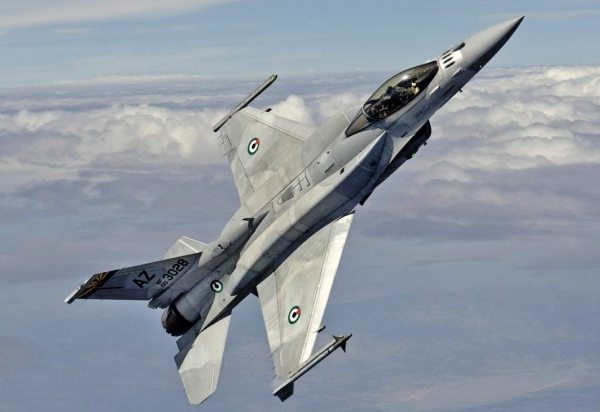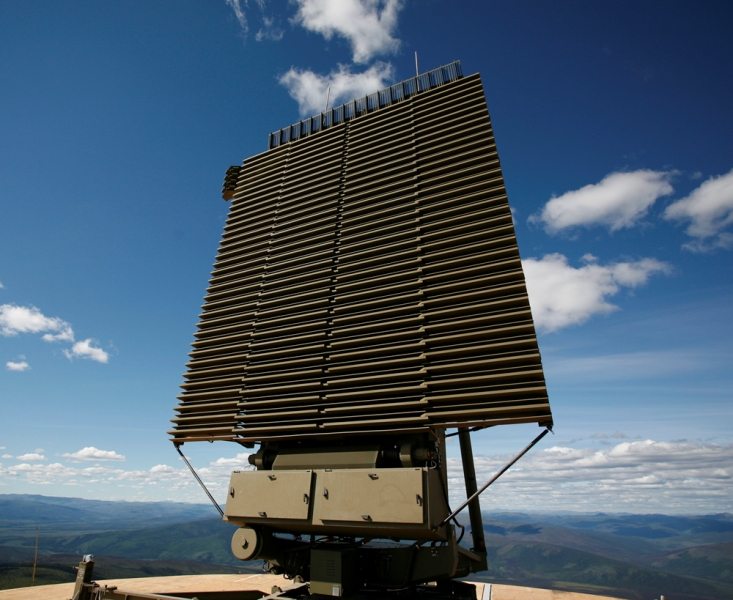This report offers insights into market opportunities and entry strategies adopted by foreign OEMs to gain a market share in the UAE defense industry.
The United Arab Emirates is located on the south side of the Strait of Hormuz, a waterway through which XX% of the world’s oil is exported and which also shares a border with Iran. Territorial disputes with Iran, combined with its recent advances in ballistic missile technology, have driven the UAE to focus on the development of its own aircraft and missile systems, which accounted for XX.XX% of the country’s total defense procurements during 2004–2009. Indeed, the country’s lack of indigenous defense capabilities and trained manpower has led the UAE to seek technologically advanced, high quality defense systems from foreign OEMs, in order to provide effective protection to its strategic assets and critical infrastructure.
Currently the UAE accounts for XX.XX% of global arms imports, making it the world’s fourth-largest defense importer. Furthermore, its annual defense expenditure is expected to record a CAGR of XX.XX% during the forecast period, of which US$XX.XX billion will be spent on arms procurements. An equivalent amount will be spent on the training of its armed forces and on the maintenance, repair and overhaul (MRO) of existing defense systems. The country is also projected to spend an average of XX.XX% of its GDP on defense during the forecast period, with an average per-capita defense expenditure of US$XX.XX over this period, in accordance with its commitment to the protection of its civilians and critical infrastructure.
In particular, it offers in-depth analysis of the following:
- Market opportunity and attractiveness: Detailed analysis of the current market size and growth expectations during 2011–2016, including highlights of the key drivers, to aid understanding of the growth dynamics. It also benchmarks the sector against key global markets and provides detailed understanding of emerging opportunities in specific areas.
- Procurement dynamics: Trend analysis of imports and exports, along with their implications and impact on the UAE defense industry.
- Industry structure: Five forces analysis to identify various power centers in the UAE defense industry and how these are likely to develop in the future.
- Market entry strategy: Analysis of possible ways to enter the market, along with knowledge of how existing companies have entered the market, including key contracts, alliances, and strategic initiatives.
- Competitive landscape and strategic insights: Analysis of the competitive landscape of defense manufacturers in UAE. It provides an overview of the key defense companies (both domestic and foreign) along with insights such as key alliances, strategic initiatives and a brief financial analysis.
- Business environment and country risk: A range of drivers at country level, assessing business environment and country risk. It covers historical and forecast values for a range of indicators evaluating business confidence, economic performance, infrastructure quality and availability, labor force, demographics, and political and social risk.
Scope
- Analysis of defense industry market size from 2005 through 2010 and forecasts till 2016
- Analysis of defense budget allocation
- Benchmarking with key global markets
- Market opportunities
- Defense procurement dynamics
- Industry dynamics
- Market entry strategy
- Competitive landscape and strategic insights
- Business environment and country risk
Reasons to Buy
- Gain insight into the UAE defense industry with current, historic and forecast market values
- Gain insight into market opportunity and attractiveness
- Gain insight into industry procurement dynamics
- Gain insight into industry structure
- Gain insight into regulations governing the UAE defense industry and the potential market entry strategies with an expert analysis of the competitive structure
- Identify top companies of the UAE defense industry along with profiles of all those companies











